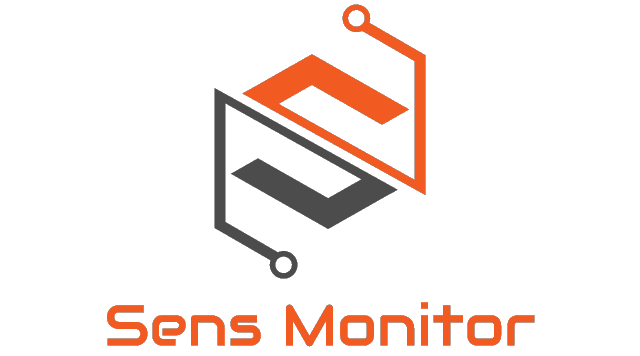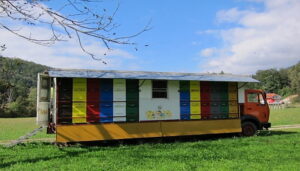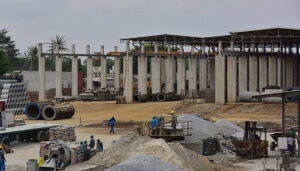In order to keep plants in greenhouse alive and healthy need to take care about many parameters such as temperature, humidity, ventilation … Since they can be quite distant from the place of residence, it is very useful to have the system for remote control and monitoring. This system also can be useful as security protection.
IoT (Internet of Things) technology has revolutionized the way greenhouses are monitored and managed, offering significant benefits in terms of crop yield optimization, resource efficiency, and environmental sustainability. By deploying IoT devices and sensors, greenhouse operators can create a connected ecosystem that provides real-time insights into various environmental parameters. Here’s a closer look at the IoT applications in greenhouse monitoring:
- Climate Control: sensors integrated within greenhouses monitor crucial climate parameters such as temperature, humidity, CO2 levels, and light intensity. This data enables precise control of environmental conditions to create an ideal growing environment for plants. Automated systems, driven by IoT, can adjust ventilation, heating, cooling, and lighting to maintain optimal conditions and promote plant growth.
- Irrigation Management: soil moisture sensors help monitor the water content in the greenhouse soil. By collecting real-time data on soil moisture levels, irrigation can be precisely controlled and optimized. IoT systems can trigger automated irrigation based on predefined thresholds, ensuring plants receive adequate water while avoiding water wastage and reducing the risk of overwatering.
- Nutrient Management: devices can be used to monitor nutrient levels in the greenhouse, ensuring plants receive the right balance of fertilizers and supplements. Sensors can measure parameters such as pH levels and nutrient concentration in the irrigation water or soil, enabling precise and targeted nutrient delivery. This leads to improved crop health, reduced resource wastage, and optimized nutrient utilization.
- Disease and Pest Detection: cameras and sensors can be deployed within greenhouses to detect early signs of plant diseases, pests, and infestations. Computer vision algorithms can analyze images and identify anomalies or symptoms of plant stress. By detecting issues at their early stages, greenhouse operators can take prompt action, implementing targeted treatments and minimizing the spread of diseases or pests.
- Energy Management: systems help optimize energy usage within greenhouses by monitoring and controlling various equipment such as heating, ventilation, and lighting systems. Sensors can collect data on energy consumption patterns, allowing operators to identify energy-intensive processes and implement energy-saving strategies. By optimizing energy usage, greenhouse operations become more sustainable and cost-effective.
- Remote Monitoring and Control: technology enables greenhouse operators to remotely monitor and control their operations. Through web-based or mobile applications, operators can access real-time data, receive notifications, and make adjustments to environmental parameters or irrigation systems from anywhere. This remote access provides convenience, flexibility, and enhanced operational efficiency.
- Data Analytics and Optimization: generated data from various sensors and devices can be analyzed to gain valuable insights. Advanced analytics can identify patterns, trends, and correlations that help optimize greenhouse operations. By analyzing historical data and combining it with external factors like weather forecasts, predictive models can be developed to optimize planting schedules, crop rotations, and resource allocations.
The application of IoT in greenhouse monitoring empowers growers to achieve higher crop yields, better resource management, and more sustainable practices. By creating a connected and intelligent ecosystem, greenhouse operators can make data-driven decisions, optimize growing conditions, and contribute to a greener and more efficient agricultural sector.



